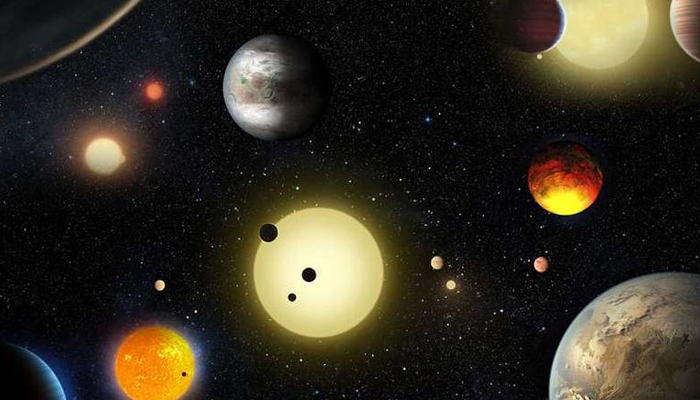NASA to send swimming robots into space
While Pluto is one example of such a world, nearest surfaces include Jupiter's moon Europa, Saturn's moon Enceladus
July 05, 2022

- Swimming robots to explore what lies beneath icy shells on different planets.
- NASA will be investing US$600,000.
- Nearest surfaces include Jupiter's moon Europa and Saturn's moon Enceladus.
NASA has announced that it will be sending swimming robots to the "ocean worlds" in our solar system to explore what lies beneath the icy shells on different planets and moons.
The space agency will be investing US$600,000 in a study that will look into the feasibility of sending tiny machine swimmers.
However, these will look nothing like humanoids. These robots will be tiny triangular chocks.
Scientists are much interested in "ocean worlds" not only because they contain a lot of water but also because the chemical exchange between rocks and water could encourage life. The water environment could be much similar to earth.
While Pluto is one example of such a world, the nearest surfaces include Jupiter's moon Europa and Saturn's moon Enceladus.
Enceladus’s ocean has already been tested by a spacecraft via plumes of ice crystals that shoot out of the cracks in the ice.
NASA's Europa Clipper mission hopes to find similar samples when it begins its flybys in 2030.
The concept of sensing with independent micro-swimmers (SWIMS) is to land on one of the moons where the ice is comparatively thinner. The plan is to then use a radioactively heated probe to make a 25cm-wide hole to get to the ocean.









